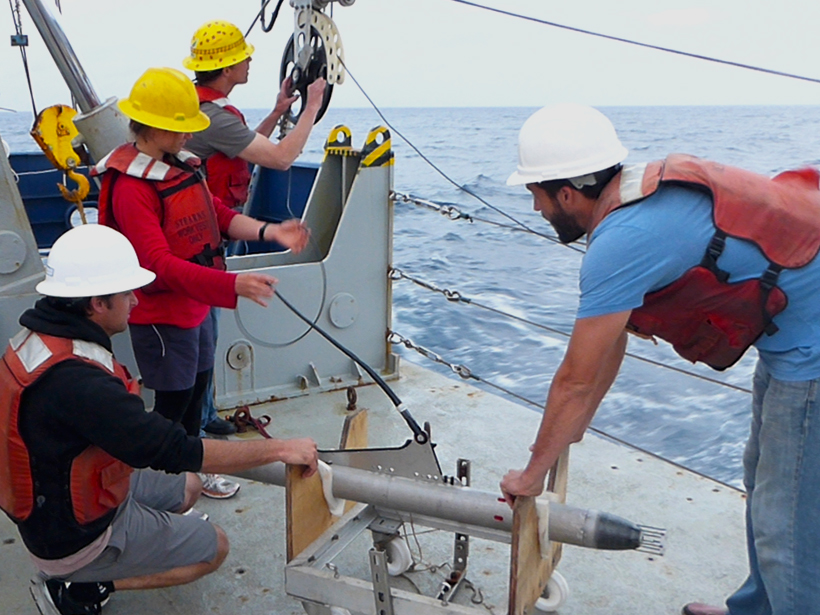In 2017, an ocean research team launched an unprecedented effort to understand what drives ocean currents in the overlap regions between surf zones and continental shelves.
A. Waterhouse
Posted inScience Updates
Breaking Internal Tides Keep the Ocean in Balance
By studying how underwater waves strike the continental slope off Tasmania, researchers seek to uncover the mechanisms that keep the circulation of the global ocean in balance.


